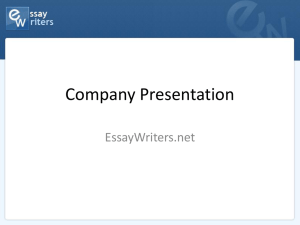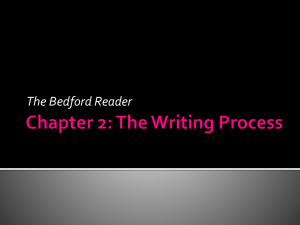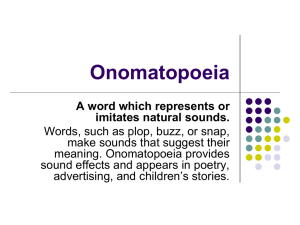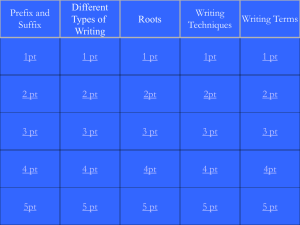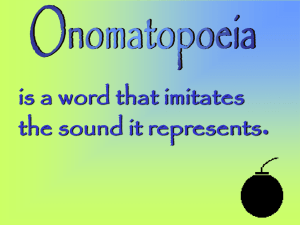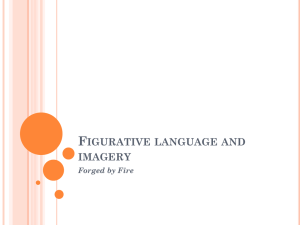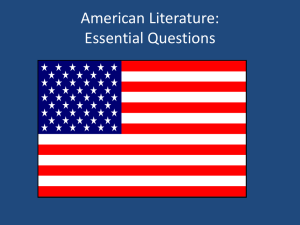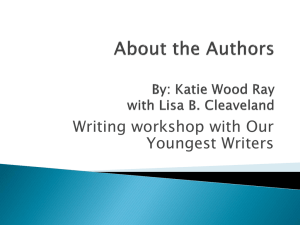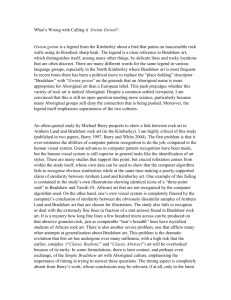Top Ten Tips for Teaching Writing in Elementary School
advertisement
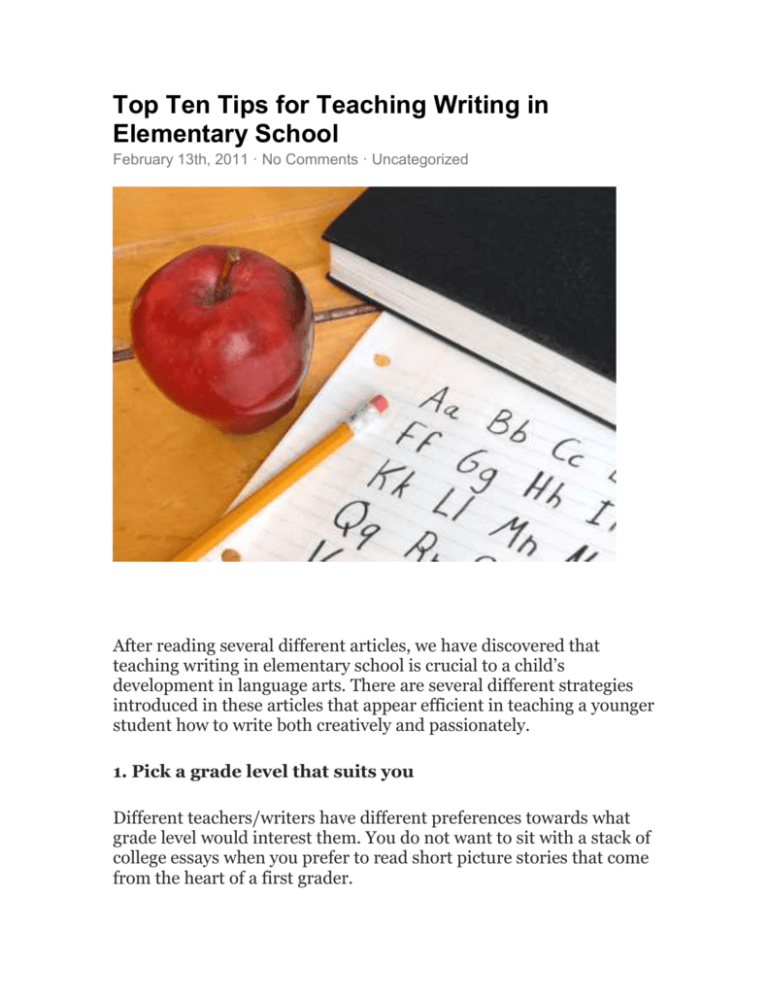
Top Ten Tips for Teaching Writing in Elementary School February 13th, 2011 · No Comments · Uncategorized After reading several different articles, we have discovered that teaching writing in elementary school is crucial to a child’s development in language arts. There are several different strategies introduced in these articles that appear efficient in teaching a younger student how to write both creatively and passionately. 1. Pick a grade level that suits you Different teachers/writers have different preferences towards what grade level would interest them. You do not want to sit with a stack of college essays when you prefer to read short picture stories that come from the heart of a first grader. 2. Practice what you preach A teacher cannot tell a student that writing is a wonderful and important skill if they are not willing to write themselves. In an article written by David Grosskopf called, “Writing Myself Awake,” he states, “I continued to preach about the need for passionate living and a habit of writing as though these were separate things; I preached, therefore, without doing or having either.” You cannot teach a student to be passionate about writing when you are not taking part in that passion yourself. 3. Focus on the imagination and creativity of the student NOT the structural correctness, for example, spelling, grammar, syntax… etc. Young children in elementary school have wild and creative imaginations. We must not restrict them to the topics we want them to write about. We need to encourage this creativity and give them opportunities to express their individuality and young imaginations. Too often are children restricted on what they can write about instead of being given the freedom to write about something of their choice. For example, give a student a journal and let them write about anything they want. This will capture their attention and help them explore themselves as individuals and as young writers. “Great innovations and discoveries come from a fertile and encouraged imagination.” -Denise Hinson (our teacher). 4. Utilize different resources Video: An Open Letter to Educators The internet and other newer technologies have opened up a wide range of resources that educators can use to share ideas. Not only can resources can be used to share information between teachers, but between students as well. Teachers need to use resources that will capture their student’s attention and promote interactive learning. Students also have different learning styles or learning disabilities and resources can help a teacher form ideas of how to best approach teaching these students. 5. Do not narrow topics for students, encourage creativity In an article by Brett Stonebrink, “An Opportunity on Elm Street,” he wrote about how he was able to engage a child in writing who was struggling and disinterested with writing before. His breakthrough came when he began a conversation with the student about his father, which led to a conversation about activities the student did with his father that the teacher diagramed on a web that led to a story. The teacher did not dismiss the story because it was not an assigned topic, but rather encouraged and helped the student. Stonebrink suggests, “Children who are given a suggestion and run with it become more confident and imaginative thinkers.” Some students thrive with instruction and an assigned topic, but some need more freedom. 6. Help students improve writing by making them conscious of what strategies writers are using Instead of only reading a story to students, it is helpful to their own writing to point out the strategies being used. For example, in the article by Glorianne Bradshaw, “The How of Writing: First-Graders Learn Craft,” she participated in a group of cross-grade-level teachers and learned that both a college and high school teacher helped their students learn to become better writers by encouraging them to model their own sentences after and study best-selling text and great sentences in literature. She began by using Arnold Lobel’s Frog and Toad books. It is important that children know why they like a certain book or how the writer makes their book more engaging. The following are strategies from Bradshaw’s article that would not only help students be conscious of what strategies writers are using, but will also help them in their future writing as well. 1. 1. 7. Show not tell “’The sun is shining! The snow is melting.’ What is Arnold Lobel talking about?” was the question Bradshaw asked her first graders. From deductive reasoning, “’snow melts in the spring! […] The sun is shinier in the spring!” they decide it is about spring. And that afternoon in their writing workshop, Bradshaw’s students practiced writing about a subject without actually naming their subject. This strategy helps the students to add depth and description to their stories by focusing on the characteristics of their subjects. 8. Description/View Description/View is important in writing because it helps create a visual picture for the reader. It adds interest, and it clarifies what the writer is saying. 9. Onomatopoeia Chrildrens’ books are filled with onomatopoeia, words like: moo, oink, and buzz. If the books children read are filled with onomatopoeia, we as teachers need to teach our students what onomatopoeia is. 10. Good beginnings All great stories have a good beginning, one that grabs the audience’s attention. As teachers we need to give our students the skills and tools they need in order to create not only good beginnings but also a great piece of writing. http://tierra1.edublogs.org/2011/02/13/top-ten-tips-for-teaching-writing-in-elementaryschool/
